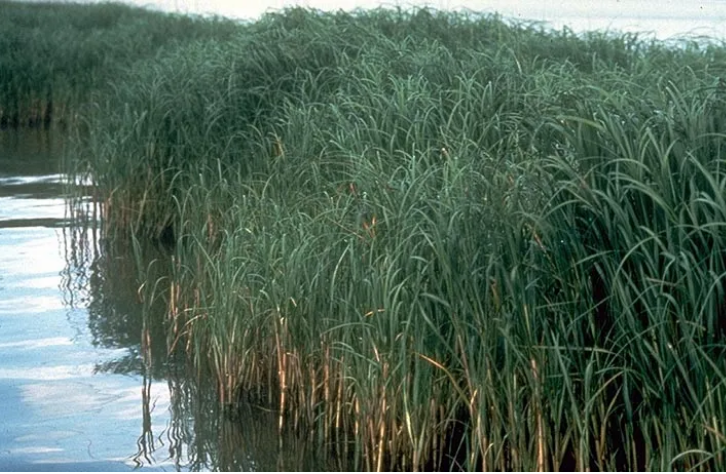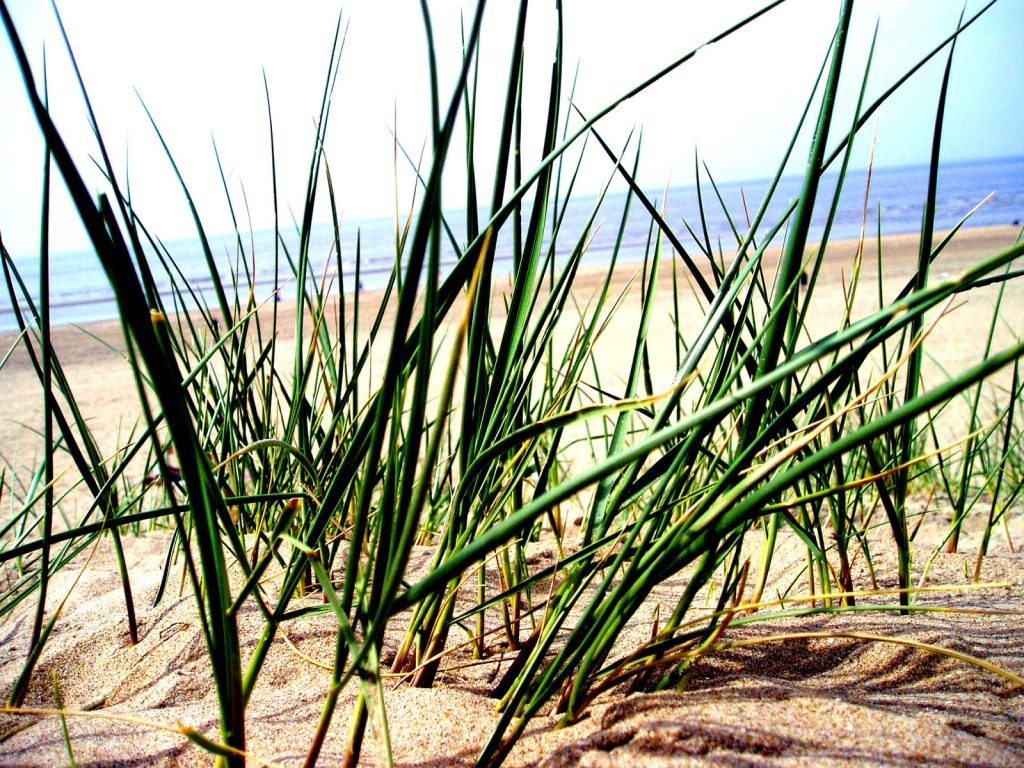Although you’ve
probably never given it much thought,
I think it’s fair to say
that grass connotes
luxury. Think about
it. Don’t you always
admire that one
house on the block
whose lawn is always lush, thick and
green? Even a modest home looks so
much more elegant
when surrounded by
a rich emerald carpet
of grass. And what
about a golf course
clubhouse set amidst
200-odd acres of
manicured perfection? Aren’t we all amazed every spring by the perfectly greened-up landscape we see when we watch the Masters at Augusta National? Or how about the rolling hills of a high prairie meadow greened up as far as the eye can see? All thanks to grass.
Depending on the latitude in which you live, grasses used for lawns vary. In the northeast, a fescue blend is often the native grass of choice for residential lawns since it tends to be more tolerant of drought due to its ability to set deep roots and grow tolerably well in the shade. And then there’s Bermuda grass. Unlike other grasses, Bermuda grass grows and spreads quickly and can withstand heavy foot traffic and is therefore preferred by many golf courses and park areas. However, it has a low tolerance for cooler temperatures which causes it to go dormant and turn brown in the winter months. Kentucky bluegrass is also commonly used in lawns, though it really doesn’t come from Kentucky and the early settlers used it for forage. Further south, varieties such as St. Augustine and centipede dominate the neighborhoods due to their tolerance for excessive amounts of rain. In the end, there are actually over 300 species of grasses up and down the coast.

But there are two grasses in particular – as well as their proper settings – that have always moved me the most and are the universal grasses throughout the coasts, from New England to the deepest parts of the south, and are so hearty and solidly evolved that there are not all that many varieties: marsh grass and dune grass.
Just think about how bleak the shorelines would be without those fringes of green, either at the tidal margin of the creeks or up in the arid dunes of the beach. But even more important is the role that marsh and beach grasses play in the ecosystem. In both cases, they provide habitats for countless species and literally hold the landscape together. The coastal marshes are the world’s incubators and cradle and succor so many species, without them the complex web of life could hardly be woven.

In the salt marshes, the most common grass is smooth cordgrass (Spartina alterniflora), which dominates the regularly flooded low marsh. Smooth cordgrass is also known as saltmarsh cordgrass. It is the dominant grass in the bay’s salt marshes. The short form of cordgrass is more common in slightly higher areas. while the tall form is more common in low areas flooded by the tides every day. Native Americans and early colonists used them to make ropes or cords, hence the name. The tallest cordgrasses can reach heights of 6 to 8 feet and will have a feather-like seed head.
In the northeastern tidal salt marshes, saltgrass is commonly associated with saltmeadow cordgrass (Spartina patens), smooth cordgrass (Spartina alterniflora), and saltmeadow rush (Juncus gerardi). From a distance, the low marsh appears to be uniform; however, there are two forms of Spartina. A tall form grows along creek banks and can reach heights of 9 feet. A short form of Spartina occurs in interior parts of the low marsh and ranges from 2 to 3 feet in height.
Spartina’s successful adaptations enabled it to live where few other plants could survive. It has narrow, tough blades and special glands that secrete excess salt, making it ideal to withstand high heat and daily exposure to salt water. Few animals eat this plant, but many animals and plants live on it or on the marsh surface protected by its roots and stalks. Spartina stalks are thick, very tough and well-anchored by a root system. In contrast to the low marsh, which has one major species of plant, the high marsh contains a mixture of several species, including black needlerush, salt meadow cordgrass and short-form smooth cordgrass.
Back over on the beaches, American Dune Grass (known under the scientific name Elymus mollis – other common names for it include dune wildrye and sea lyme grass) is the most common dune plant along much of the Atlantic Coast. It can be buried within a shifting dune and then sends up vertical rhizomes (horizontal roots or root stalks) that produce new emerging stems.
Its roots can reach more than 20 feet beneath the sand, thus serving to knit a dune together, and it’s always one of the first plants to appear where sand dunes are forming on a shoreline. As sand builds up around the new grass, the stems grow higher and the old stems become roots.
Interestingly, American Dune Grass is mostly dormant during the summer season and grows in the spring and fall. It is a relatively slow-growing plant, so that, coupled with its importance to the beach, is why in most places beachgoers are discouraged from venturing into the dunes where the grass grows.
So, the next time you’re taking in a beautiful marsh vista or peering back from the surfline over to the rolling sand dunes and the grasses are swaying in the breeze and making that ever-so-gentle rustling sound, realize you are bearing witness to one of the world’s least celebrated yet most important forms of flora in existence.
